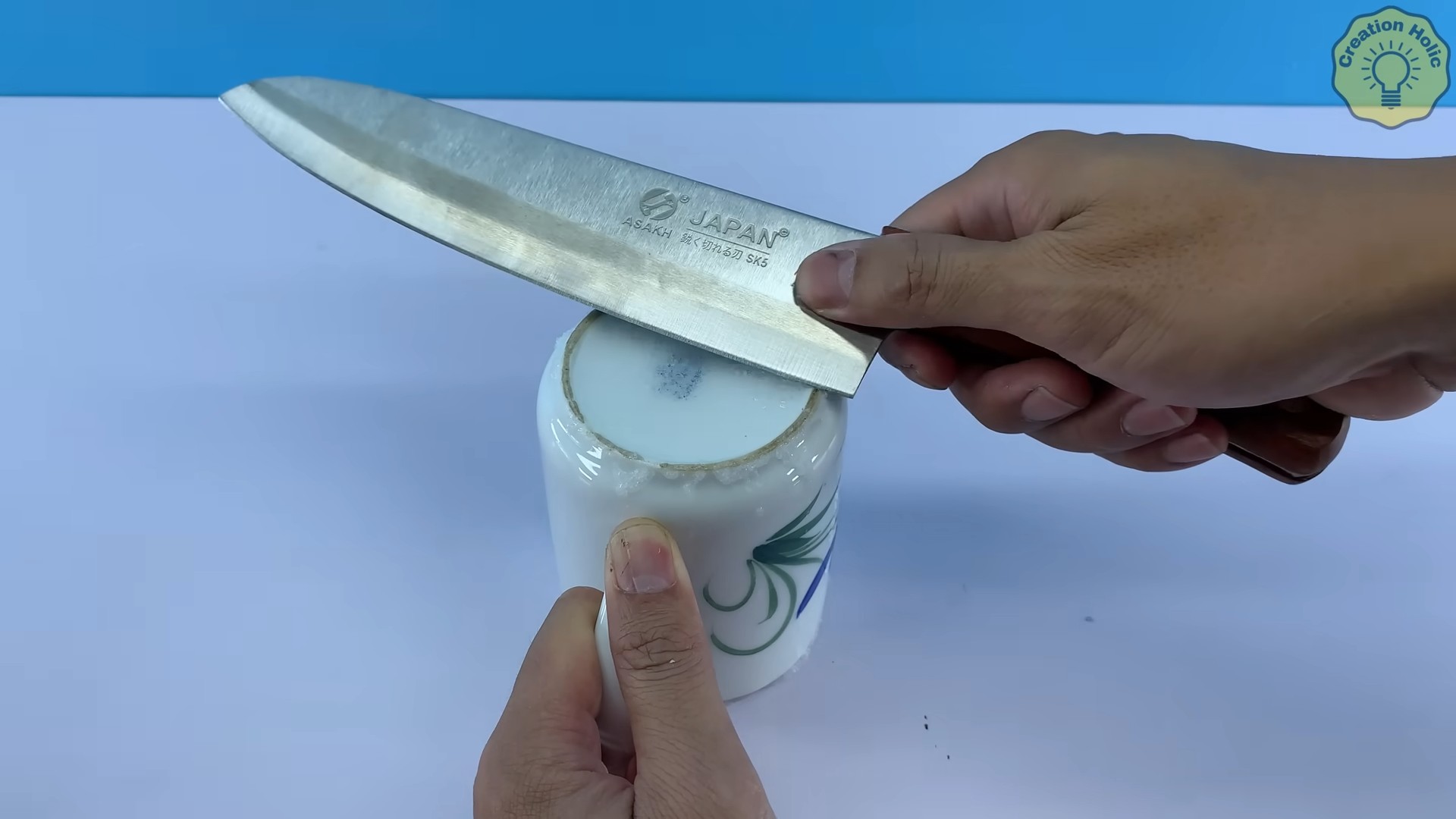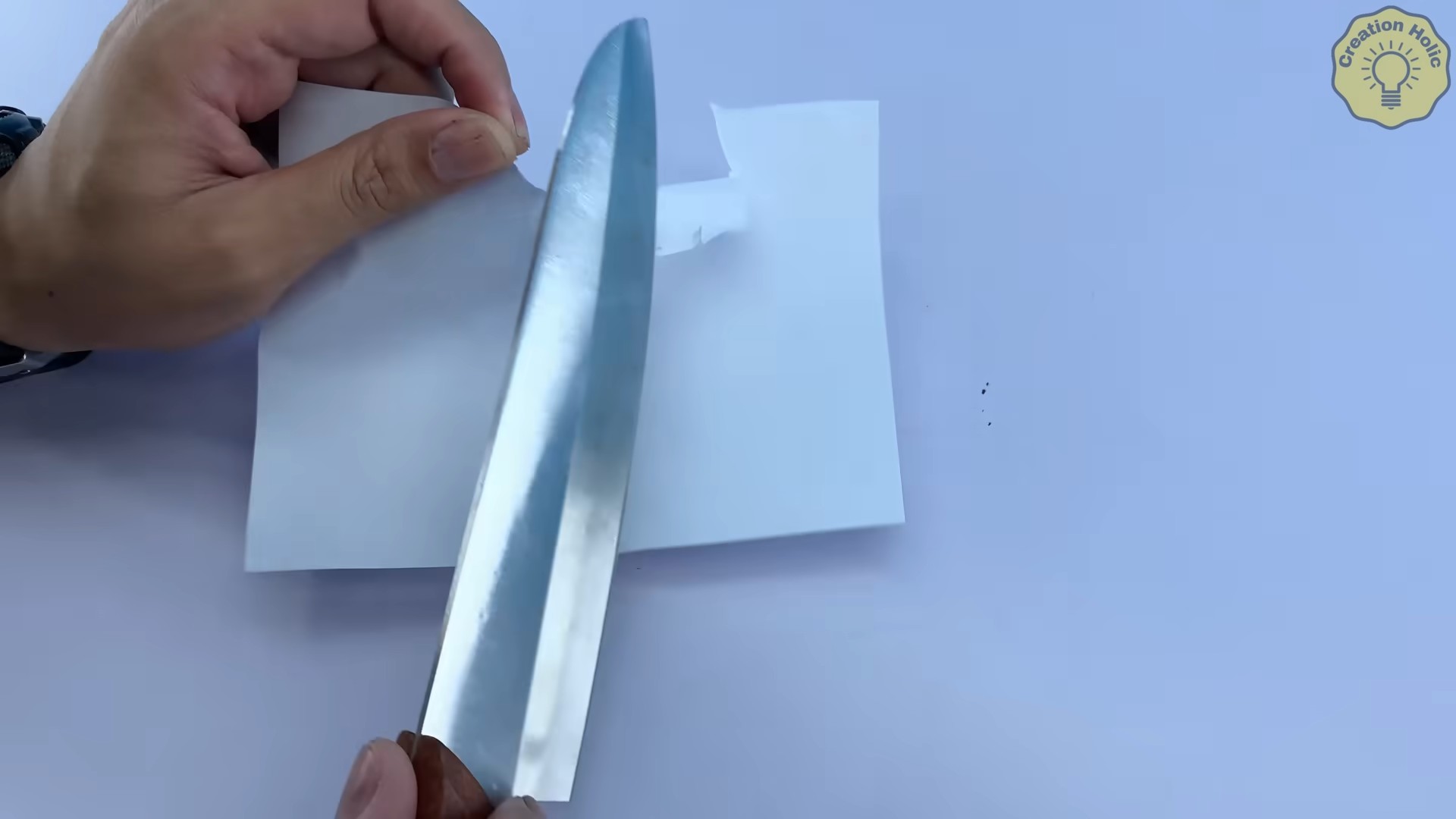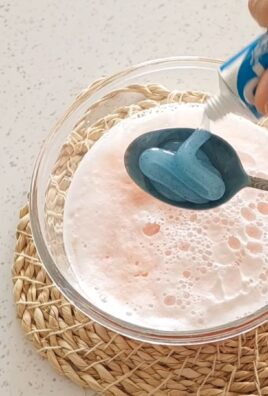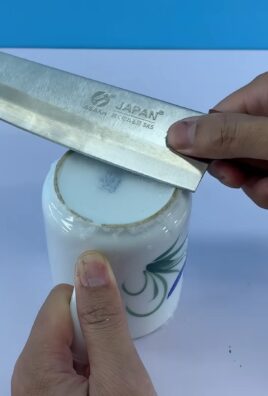DIY essential tools – ever feel like your home improvement dreams are bigger than your toolbox? I know I have! We’ve all been there, staring at a project, ready to unleash our inner handyman (or handywoman!), only to realize we’re missing that *one* crucial tool. It’s frustrating, right?
From ancient civilizations crafting rudimentary tools from stone and bone to the modern marvels we have today, the desire to build and create has always been a part of the human spirit. Think about the pyramids, the Great Wall of China – all built with tools, albeit very different from what we use now! This inherent need to shape our environment is why DIY projects are so satisfying.
But let’s be honest, a successful DIY project hinges on having the right equipment. Without the DIY essential tools, even the simplest task can become a monumental struggle. That wobbly shelf? That leaky faucet? They’re not just inconveniences; they’re challenges waiting to be conquered. And with the right tools, you can conquer them all! This article is your guide to building a toolkit that empowers you to tackle any home improvement project with confidence and ease. Get ready to transform your home, one DIY project at a time!

DIY Essential Tools: Building Your Ultimate Toolkit
Okay, so you’re ready to dive into the wonderful world of DIY! That’s fantastic! But before you start tearing down walls or building that dream bookshelf, you need the right tools. Trust me, having the right equipment makes all the difference between a fun, successful project and a frustrating, time-consuming mess. This guide will walk you through the essential tools every DIY enthusiast should have in their arsenal. I’ll break it down into categories and explain why each tool is important. Let’s get started!
Measuring & Marking: Accuracy is Key!
Accuracy is paramount in any DIY project. A little off here and there can lead to big problems down the line. These tools will help you get precise measurements and markings.
* Measuring Tape: A good quality measuring tape is your best friend. Get one that’s at least 25 feet long. Look for one with a wide blade that stays rigid when extended, and a magnetic tip is a huge bonus for solo projects!
* Level: Essential for ensuring everything is straight and plumb. A spirit level is the classic choice, but a laser level can be a game-changer for larger projects like hanging shelves or pictures.
* Speed Square: This versatile tool is perfect for marking 90-degree angles, finding rafter angles, and even acting as a saw guide. It’s compact and incredibly useful.
* Combination Square: Another must-have for marking angles, depths, and transferring measurements. The adjustable head makes it incredibly versatile.
* Pencils & Markers: Keep a variety of pencils (hard and soft lead) and permanent markers on hand for marking your materials. A mechanical pencil is great for fine lines.
Cutting Tools: Shaping Your Creations
From wood to metal to drywall, you’ll need tools to cut and shape your materials.
* Hand Saw: A good old-fashioned hand saw is still useful for quick cuts and projects where power tools aren’t necessary. A crosscut saw is best for cutting across the grain of wood, while a rip saw is designed for cutting along the grain.
* Utility Knife: Indispensable for scoring drywall, cutting cardboard, and a million other tasks. Make sure you have plenty of replacement blades!
* Circular Saw: A powerful tool for making straight cuts in wood, plywood, and other sheet materials. Choose one with a blade that’s appropriate for the material you’re cutting.
* Jigsaw: Perfect for making curved cuts and intricate shapes in wood, metal, and plastic. Variable speed control is a must-have.
* Miter Saw: Ideal for making precise angle cuts, especially for trim work and picture frames. A compound miter saw can also make bevel cuts.
* Hacksaw: For cutting metal pipes, rods, and other metal materials.
Fastening Tools: Holding it All Together
These tools will help you securely fasten your materials together.
* Hammer: A claw hammer is essential for driving nails and removing them. Choose one with a comfortable grip and a weight that you can handle easily.
* Screwdrivers: A variety of screwdrivers is a must. Get a set with both Phillips head and flathead screwdrivers in different sizes. Consider a multi-bit screwdriver for convenience.
* Drill/Driver: A cordless drill/driver is one of the most versatile tools you can own. It can drill holes, drive screws, and even perform other tasks with the right attachments. Look for one with variable speed and a clutch.
* Impact Driver: For driving long screws and working with tough materials, an impact driver is a lifesaver. It delivers more torque than a drill/driver.
* Staple Gun: Useful for upholstery, attaching fabric, and securing insulation.
Holding & Clamping: Keeping Things in Place
Clamps are your extra set of hands! They hold materials securely while you work on them.
* Clamps: A variety of clamps is essential. Get some C-clamps, bar clamps, spring clamps, and pipe clamps. The size and type of clamp you need will depend on the project you’re working on.
* Vise: A bench vise is great for holding materials securely while you’re cutting, drilling, or filing them.
Finishing Tools: Adding the Final Touches
These tools will help you smooth, sand, and finish your projects.
* Sandpaper: A variety of sandpaper grits is essential for smoothing surfaces and preparing them for finishing.
* Sanding Block: Makes sanding easier and more consistent.
* Paintbrushes & Rollers: For applying paint, stain, and other finishes. Choose brushes and rollers that are appropriate for the type of finish you’re using.
* Putty Knife: For applying wood filler and patching holes.
* Scraper: For removing old paint and varnish.
Safety Gear: Protect Yourself!
Safety should always be your top priority. These items will help protect you from injury.
* Safety Glasses: Protect your eyes from flying debris.
* Work Gloves: Protect your hands from cuts, scrapes, and splinters.
* Hearing Protection: Protect your ears from loud noises.
* Dust Mask or Respirator: Protect your lungs from dust and fumes.
Step-by-Step Guide: Building a Basic DIY Toolkit
Okay, now let’s put this all together and create a basic DIY toolkit. I’ll guide you through the process of selecting and organizing your tools.
Phase 1: Gathering the Essentials
1. Start with Measuring & Marking:
* Measuring Tape: A 25-foot measuring tape with a magnetic tip. I recommend a Stanley FatMax or similar.
* Level: A 2-foot spirit level. A torpedo level is also handy for smaller projects.
* Speed Square: A 7-inch speed square.
* Combination Square: A 12-inch combination square.
* Pencils & Markers: A pack of carpenter pencils, a mechanical pencil, and a permanent marker.
2. Next, Focus on Cutting Tools:
* Utility Knife: A heavy-duty utility knife with plenty of replacement blades.
* Hand Saw: A 15-inch hand saw. A general-purpose saw will do for now.
3. Then, Get Your Fastening Tools:
* Hammer: A 16-ounce claw hammer with a comfortable grip.
* Screwdrivers: A set of Phillips head and flathead screwdrivers in various sizes. A multi-bit screwdriver is a great option.
* Drill/Driver: A cordless drill/driver with a variable speed and a clutch. Look for a kit that includes a battery and charger.
4. Don’t Forget Holding & Clamping:
* Clamps: Two C-clamps (4-inch), two spring clamps (2-inch).
5. Finally, Prioritize Safety Gear:
* Safety Glasses: A pair of safety glasses that fit comfortably.
* Work Gloves: A pair of durable work gloves.
* Dust Mask: A basic dust mask.
Phase 2: Organizing Your Toolkit
1. Choose a Toolbox or Tool Bag:
* Select a toolbox or tool bag that’s large enough to hold all of your tools. A toolbox with multiple compartments is ideal for keeping things organized. A tool bag is more portable.
2. Arrange Your Tools:
* Group similar tools together. For example, keep all of your measuring and marking tools in one compartment, and all of your cutting tools in another.
3. Label Your Tools:
* Use a label maker or permanent marker to label your tools. This will help you quickly identify them and keep them organized.
4. Store Your Toolkit in a Safe Place:
* Store your toolkit in a dry, secure location where it’s easily accessible.
Phase 3: Expanding Your Toolkit (Over Time)
As you tackle more DIY projects, you’ll likely need to expand your toolkit. Here are some additional tools to consider adding:
1. Power Tools:
* Circular Saw: A 7 1/4-inch circular saw.
* Jigsaw: A variable-speed jigsaw.
* Miter Saw: A 10-inch miter saw.
* Impact Driver: A cordless impact driver.
* Sander: An orbital sander.
2. Specialty Tools:
* Stud Finder: For locating studs in walls.
* Multimeter: For electrical projects.
* Pipe W

Conclusion
So, there you have it! Mastering these DIY essential tools isn’t just about saving money; it’s about unlocking a new level of creativity and control in your projects. Think of it as leveling up your crafting game, giving you the power to customize, repair, and create with confidence. We’ve covered the basics, from understanding the importance of a well-maintained screwdriver set to the versatility of a multi-tool, and even delved into the world of homemade cleaning solutions for your precious equipment.
Why is this a must-try? Because it empowers you. It transforms you from a passive consumer into an active creator. Instead of running to the store every time something needs fixing or a new project sparks your interest, you’ll have the knowledge and the tools to tackle it yourself. The satisfaction of completing a project with your own hands, using tools you understand and care for, is truly unparalleled.
But the journey doesn’t end here. This is just the starting point. Feel free to experiment with variations on the cleaning solutions we discussed. For instance, if you’re working with particularly stubborn grime on your metal tools, try adding a bit of baking soda to your vinegar solution for extra scrubbing power. Or, if you prefer a more natural scent, infuse your cleaning solution with essential oils like lemon or tea tree, which also have antibacterial properties.
Consider investing in a good quality tool belt or organizer to keep your DIY essential tools readily accessible and protected. This will not only prolong their lifespan but also make your projects more efficient and enjoyable. Think about adding specialized tools to your collection as your skills and interests evolve. Perhaps a wood carving set, a soldering iron, or even a 3D printer could be your next adventure.
We encourage you to embrace this DIY approach and discover the joy of working with your hands. Start small, perhaps with a simple repair or a small crafting project. As you gain confidence, you’ll be amazed at what you can accomplish.
Don’t be afraid to make mistakes – they’re a valuable part of the learning process. And most importantly, don’t forget to share your experiences with us! We’d love to hear about your DIY projects, your successes, and even your challenges. Share your tips, your variations, and your photos in the comments below. Let’s build a community of empowered creators, all learning and growing together. So, grab your tools, get creative, and let the DIY adventure begin! We are confident that you will find these DIY essential tools to be invaluable in your future projects.
Frequently Asked Questions (FAQ)
What are the absolute essential DIY tools I should start with?
If you’re just beginning your DIY journey, focus on acquiring a core set of versatile tools. This includes a good quality screwdriver set (both Phillips head and flathead), an adjustable wrench, a pair of pliers (needle-nose and regular), a hammer, a measuring tape, a level, a utility knife, and a hand saw. These tools will cover a wide range of basic tasks, from assembling furniture to hanging pictures to making simple repairs. As you gain experience and tackle more specialized projects, you can expand your tool collection accordingly. Don’t be tempted to buy the cheapest options available; investing in durable, well-made tools will save you money in the long run and make your projects more enjoyable.
How do I properly clean and maintain my DIY tools to ensure they last?
Proper cleaning and maintenance are crucial for extending the lifespan of your DIY essential tools. After each use, wipe down your tools with a clean cloth to remove dirt, dust, and debris. For tools that have come into contact with sticky substances or grease, use a mild detergent and water solution to clean them thoroughly. Be sure to dry your tools completely after washing them to prevent rust. For metal tools, apply a thin coat of oil (such as WD-40 or mineral oil) to protect them from corrosion. Regularly sharpen your cutting tools, such as knives and saws, to maintain their effectiveness. Store your tools in a dry, organized place, such as a toolbox or tool chest, to protect them from damage and keep them readily accessible.
What are some common mistakes people make when using DIY tools, and how can I avoid them?
One common mistake is using the wrong tool for the job. This can not only damage the tool but also lead to injury. Always take the time to select the appropriate tool for the task at hand. Another mistake is applying too much force. Let the tool do the work, and avoid forcing it beyond its capabilities. Always wear appropriate safety gear, such as safety glasses and gloves, to protect yourself from injury. Read the instructions carefully before using any tool, especially power tools. And finally, don’t be afraid to ask for help or guidance if you’re unsure about how to use a particular tool. There are plenty of online resources and tutorials available to help you learn the proper techniques.
Are there any eco-friendly alternatives to traditional tool cleaning products?
Yes, there are several eco-friendly alternatives to traditional tool cleaning products. As mentioned earlier, a simple solution of vinegar and water can be effective for cleaning many tools. Baking soda can be added to this solution for extra scrubbing power. Lemon juice is another natural cleaner that can be used to remove rust and grime. For lubricating tools, consider using natural oils such as linseed oil or beeswax. Avoid using harsh chemicals or solvents, as these can be harmful to the environment and your health. When disposing of cleaning products, follow the manufacturer’s instructions and dispose of them properly.
Where can I find reliable information and tutorials on using DIY tools?
There are numerous online resources and tutorials available to help you learn how to use DIY essential tools. YouTube is a great source for video tutorials, covering everything from basic tool usage to advanced techniques. Websites like Instructables and Make: offer step-by-step instructions for a wide range of DIY projects. Online forums and communities, such as Reddit’s r/DIY, are great places to ask questions and get advice from experienced DIYers. Local hardware stores and community centers often offer workshops and classes on tool usage and DIY skills. And of course, don’t forget the power of books and magazines dedicated to DIY projects and home improvement.
How can I ensure my safety when working with DIY tools?
Safety should always be your top priority when working with DIY tools. Always wear appropriate safety gear, such as safety glasses, gloves, and a dust mask, to protect yourself from injury. Read the instructions carefully before using any tool, and follow all safety precautions. Keep your work area clean and organized to prevent accidents. Be aware of your surroundings and avoid distractions while working. Never use tools that are damaged or malfunctioning. If you’re working with power tools, make sure they are properly grounded and that you’re using the correct voltage. And finally, if you’re unsure about how to use a particular tool safely, don’t hesitate to ask for help or guidance.




Leave a Comment